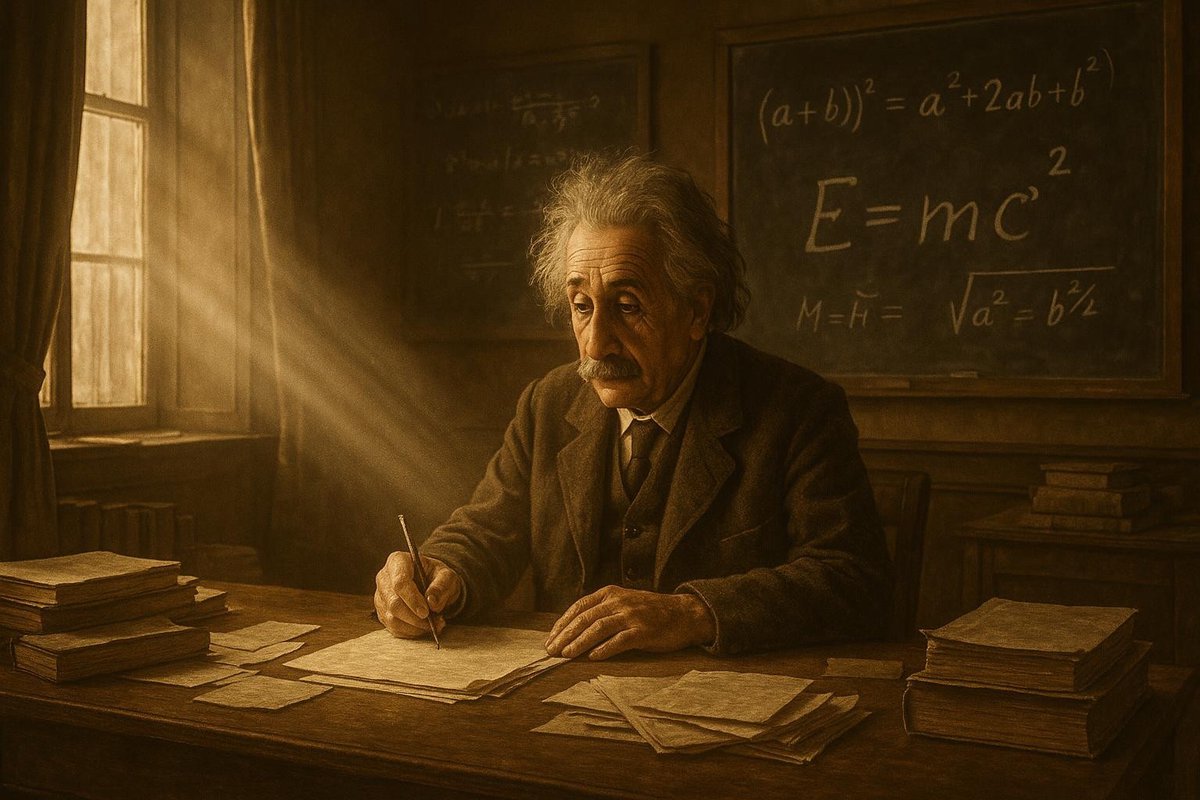
The Early Influences: A Curious Mind Awakes
Albert Einstein might not have seemed like the quintessential genius when he was young. In fact, he was often a curious child, fascinated by the mysteries of the world around him. Born in 1879 in Ulm, Germany, his formative years were defined by a deep-seated wonder, sparked by a simple compass. At the age of five, he marveled at how invisible forces could influence the needle, marking his first encounter with the unseen. This moment was more than a child’s curiosity; it was the seed of a lifelong quest to understand the universe.
- Einstein’s fascination with a compass as a child.
- His early life in Germany and initial educational experiences.
Interestingly, his early education was not stellar. Many people might have dismissed a child who showed little promise in traditional learning environments. Einstein, however, was no ordinary child. He would often engage in deep thought, a practice that would later become central to his scientific breakthroughs. The social and cultural Renaissance of Europe at the time played no small part in providing a fertile ground for intellectual curiosity. As time went on, these influences shaped a mind destined to redefine scientific paradigms.
Mental Models: The Wonders of Imagination
Fast forward to Einstein as a young adult, and you see a man who used his imagination like no other scientist before him. He famously pondered, “What would it be like to ride alongside a beam of light?” This was no ordinary question — it was a thought experiment that defied conventional logic and explored the boundaries between reality and possibility. Such imaginative exercises were a hallmark of Einstein’s scientific method.
- Einstein’s use of thought experiments, like riding a light beam.
- Development of relativity through imaginative scenarios.
Of course, it wasn’t just daydreaming. These mental models were grounded in rigorous logic, allowing Einstein to visualize complex concepts and make intuitive leaps. He lived in an era where the industrial revolution and technological advancements created a dynamic intellectual backdrop. This environment encouraged bold ideas and risk-taking, attributes that Einstein embodied fully. His mental models weren’t just abstract — they were revolutionary thought processes that led to groundbreaking insights about space and time.
Challenges & Resilience: Breaking Boundaries
Einstein’s journey was not without its hurdles. Imagine a landscape dominated by Newtonian physics, where space and time were seen as absolute. Einstein’s propositions seemed outrageous, even unthinkable. Yet he persevered, driven by an unwavering belief in his ideas. His 1905 paper on the Special Theory of Relativity challenged the established norms, but it wasn’t immediately accepted.
- The challenge of presenting ideas contrary to Newtonian physics.
- Initial resistance to the Theory of Relativity.
Despite skepticism, Einstein’s resilience paid off. He faced criticism, but he also found allies. As scientific discourse evolved, his theories gained traction. By 1915, with the General Theory of Relativity, Einstein had redefined the very fabric of the universe. His story is one of persistence in the face of adversity, a testament to how resilience can turn revolutionary ideas into accepted truths.
Legacy: A New Universe Takes Shape
Einstein’s work left an indelible imprint on science and society. His theories not only reshaped physics but also influenced myriad fields, from technology to philosophy. The notion that space and time are interconnected and dynamic has sparked countless innovations and continues to inspire new generations.
- Impact of relativity on modern technology and science.
- Einstein’s enduring influence on scientific thought.
His legacy is a living entity, one that continually evolves as our understanding of the cosmos deepens. From GPS technology to theoretical physics, the echoes of Einstein’s imagination are all around us. His ability to envision the unseen forged a path for future explorations, proving that the greatest leaps in understanding often begin with a simple question.
Fuel Someone Else’s Curiosity
Einstein’s imaginative journey shows us that curiosity is the first step toward discovery. Share this story with someone who might find inspiration in the power of imagination and resilience. Engage in conversations, explore new ideas, and question the world around you. Just like Einstein, the next great discovery could begin with a single, wondrous thought.
In conclusion, Einstein’s legacy is not just a series of scientific achievements; it’s a reminder of the profound impact of imagination and persistence. His thought experiments continue to challenge and captivate us, proving that the universe is a mystery worth exploring.

Leave a Reply